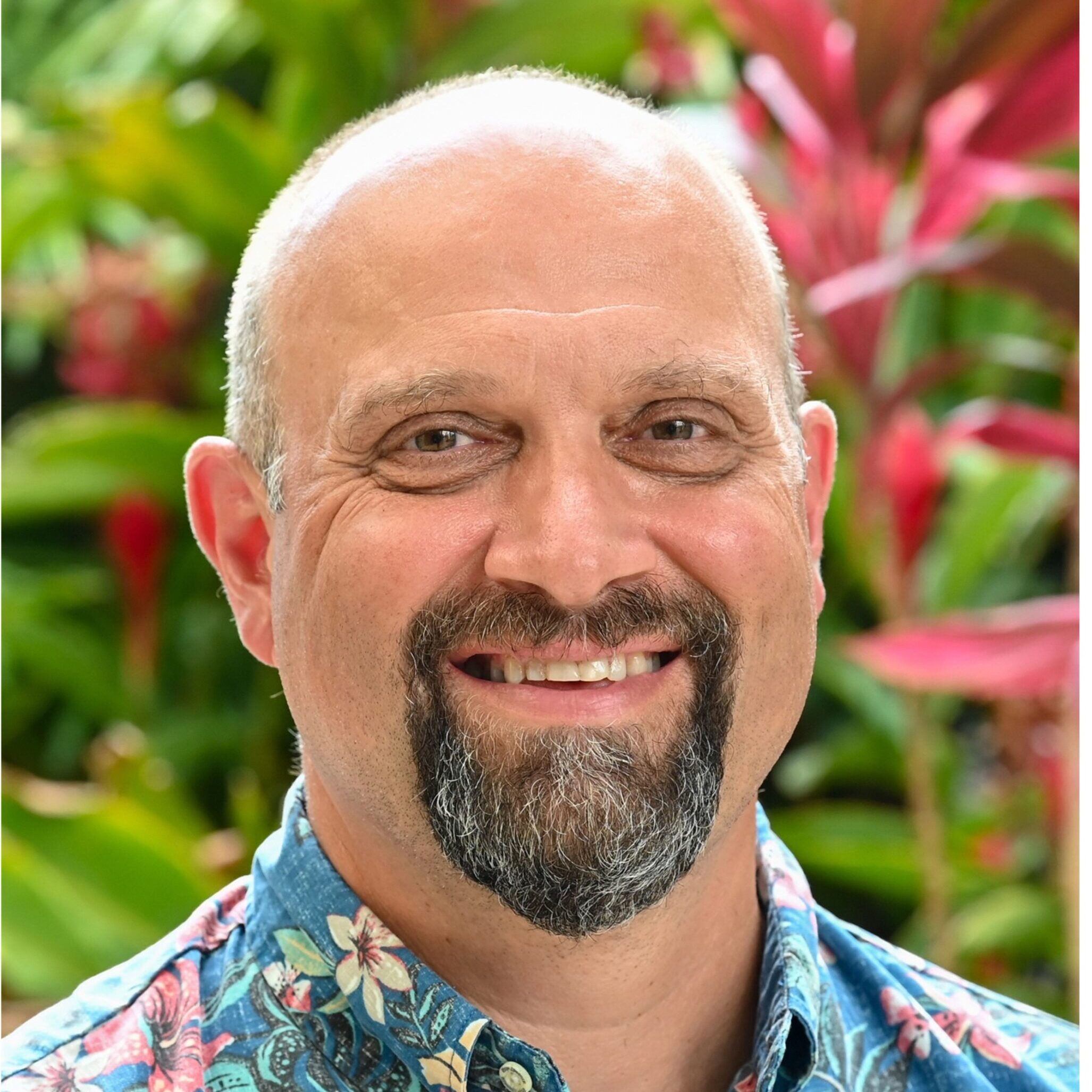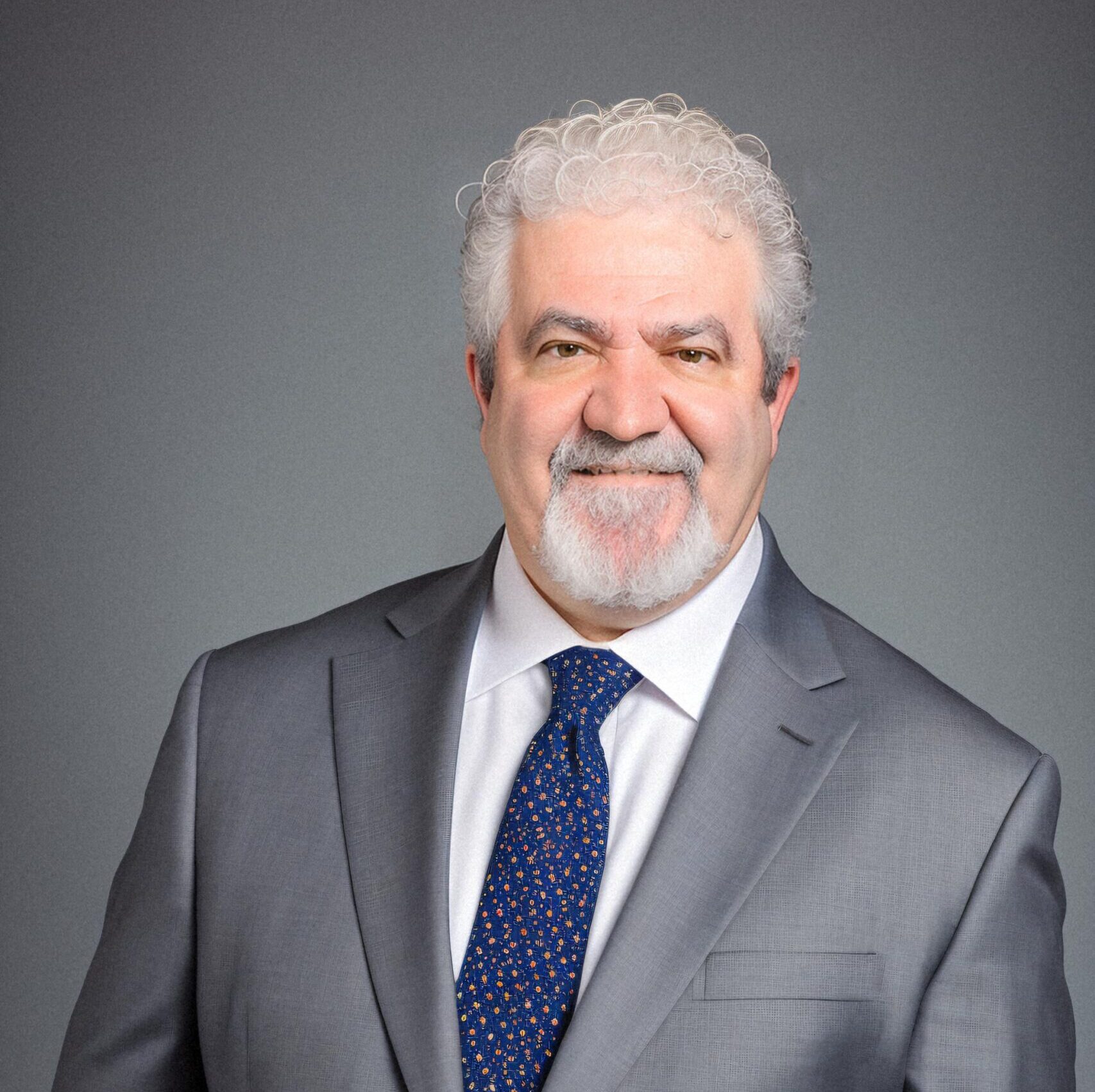Welcome back to season 2 of PT Elevated where we are broadening our topics to include more researchers but still focusing on topics that you can use in your clinic every day.
On our fifth episode of season 2, Dr. Louie Puentedura, a Professor in the Department of Physical Therapy at Baylor University and an EIM faculty member discusses the evolution of manual therapy.
Here are some of the highlights:
Louie was trained and worked as a physical therapist in Australia until 1995 when he came to the United States primarily because of problems he could see in the field of manual therapy. He now is a full-time clinical professor at Baylor University.
“Recently there was an update to the clinical practice guidelines for the treatment of acute and chronic lower back pain that recommended manual therapy and exercise. Not for manual therapy alone and not for exercise alone but for manual therapy and exercise combination.”
“I think that the take home message is that most patients will benefit if they are given a combination of education, manual therapy and exercise. Even patients experiencing chronic pain that you are attempting to convince that their pain is not because of a certain structure in their back, can benefit.”
“A lot of the research tends to suggest that manual therapy is not very effective but if you look at that research, they haven’t tested or done experiments on manual therapy. They have a hard time defining what manual therapy is. Is it thrust? Joint techniques? Or is it non-thrust mobilization? Many of the researchers lump it altogether and say it is all the same.”
Louie looks at Clinical Prediction Rules as a guide to determine if a patient needs a thrust manipulation versus a non-thrust.
He says the style of treatment nowadays is much more about empowering the patient and making sure they achieve self-efficacy and self-care. Back in the 80s that was not what was being promoted. “It was all about; you have come to me because I can fix you. I might need several visits to fix you, but we will get you there.”
“In that process of trying to promote a safer way of trying to manipulate the neck – I hope I’ve made it less scary to manipulate the neck. But I also hope that therapist who do manipulation thoracic techniques to the neck they are learning how to do it appropriately and safely.”
Louie Puentedura Clinical Pearl: “One of the things that has stuck with me over the years is that early on I wanted to be just like my mentors. I had people like Jeff Maitland, Robert Mckenzie, Bob Elvey and all these people to look up to and I would watch them treat people. The first few years out in clinical practice I didn’t feel like I was making any progress. What I realize now that I’m much older is that the little bit of practice that I do every day, accumulates over the years. It’s really only after many years that you start to feel very confident and skilled at what you do. It just takes time to practice. That is what we are supposed to do as PTs, keep learning, practicing, keep getting better. Once you stop doing that and stay where you are, you are not growing and maybe you shouldn’t be in that practice anymore.”
Helpful research and training:
Manual Physical Therapy Certification
Management of Upper Extremity Disorders
Management of Lumbopelvic Disorders
Management of Lower Extremity Disorders
Ad Info: Since you’re listening to this podcast, there’s a pretty good chance you’re the type of clinician who is always learning. One great way to learn more and earn CEUs is Evidence In Motion’s huge selection of courses. If you prefer to stay home and save on travel, they’ve got self-paced and faculty-led online courses and virtual labs. Or you can opt for a hybrid option with their in-person weekend intensives. Choose from topics ranging from MSK management and pelvic health, to dry needling and pain science. You can save 5% on courses as a PT Elevated Podcast listener. Use code PTELEVATED when you register!
Connect with us on socials:
@ZimneyKJ on Twitter
@PMintkenDPT on Twitter
@AussieLouie on Twitter
@louiepuentedura on Instagram


